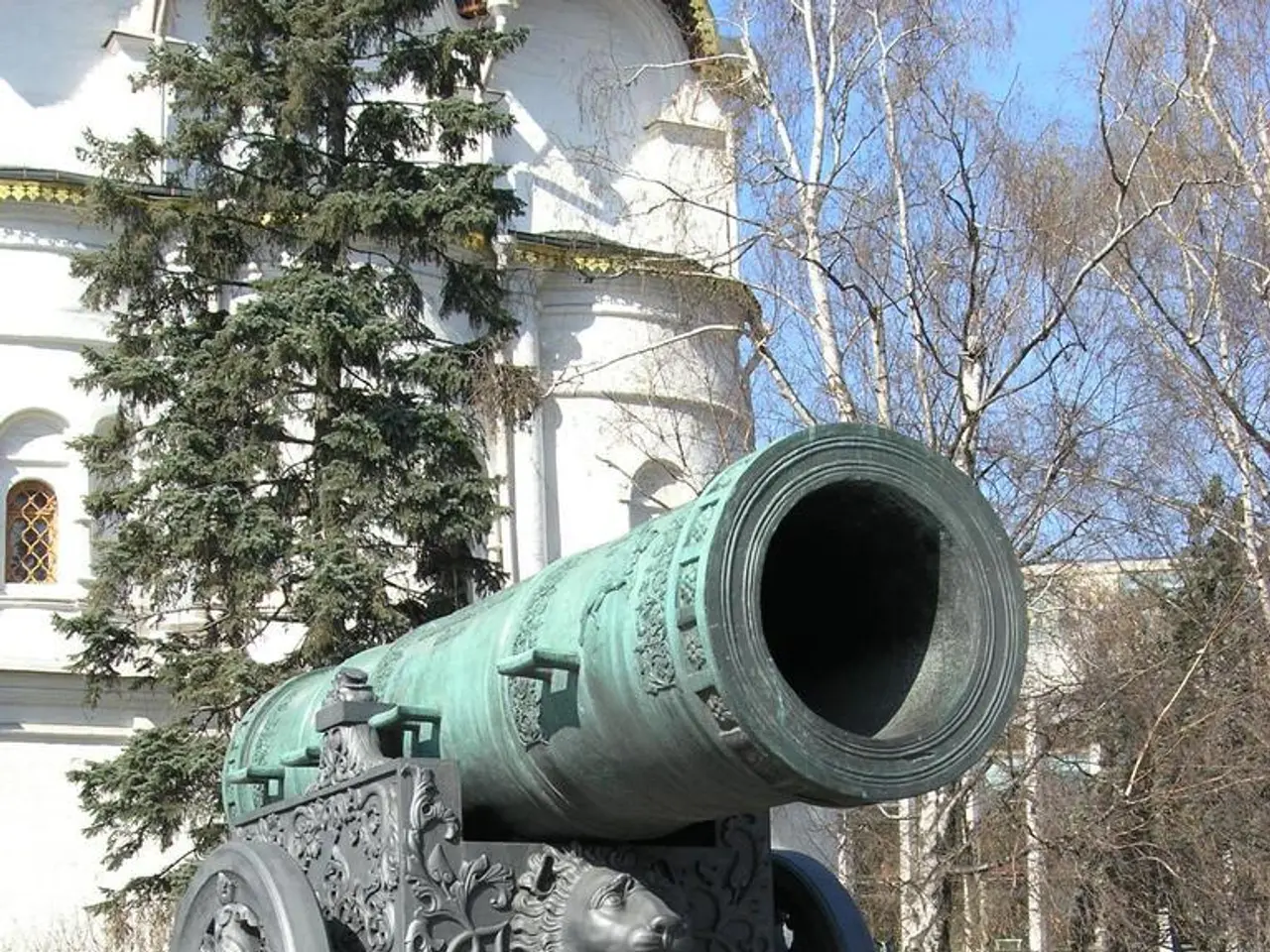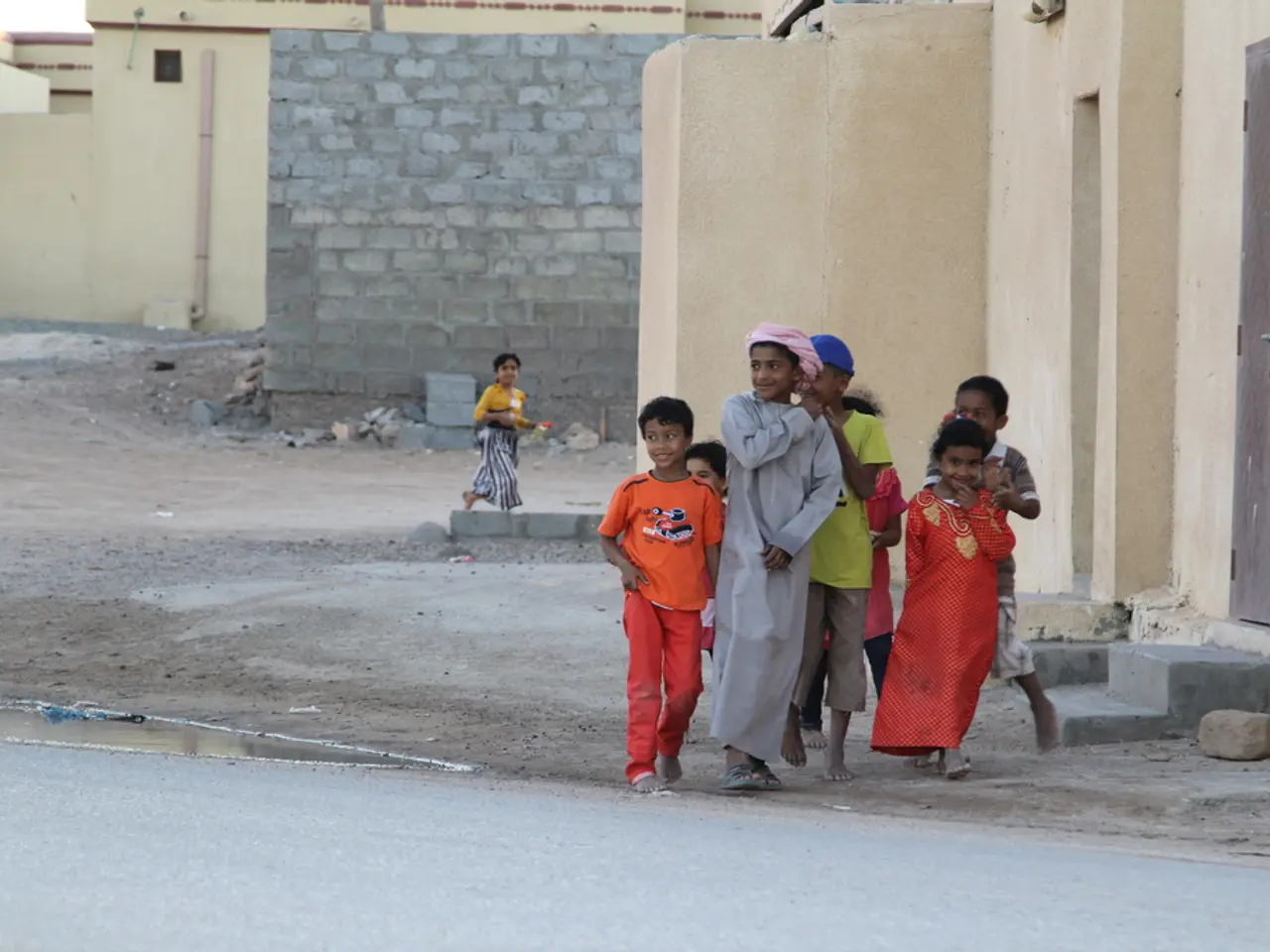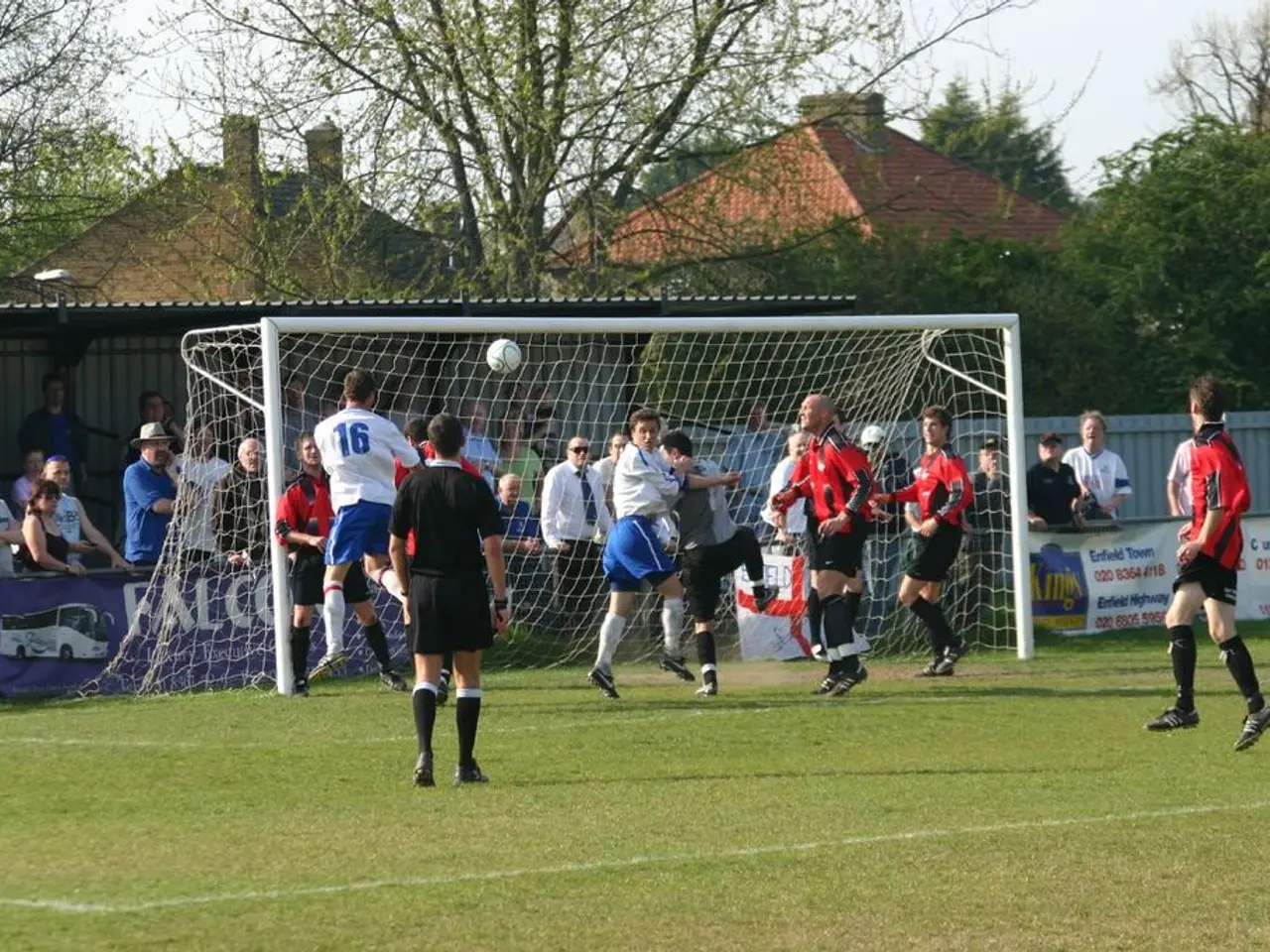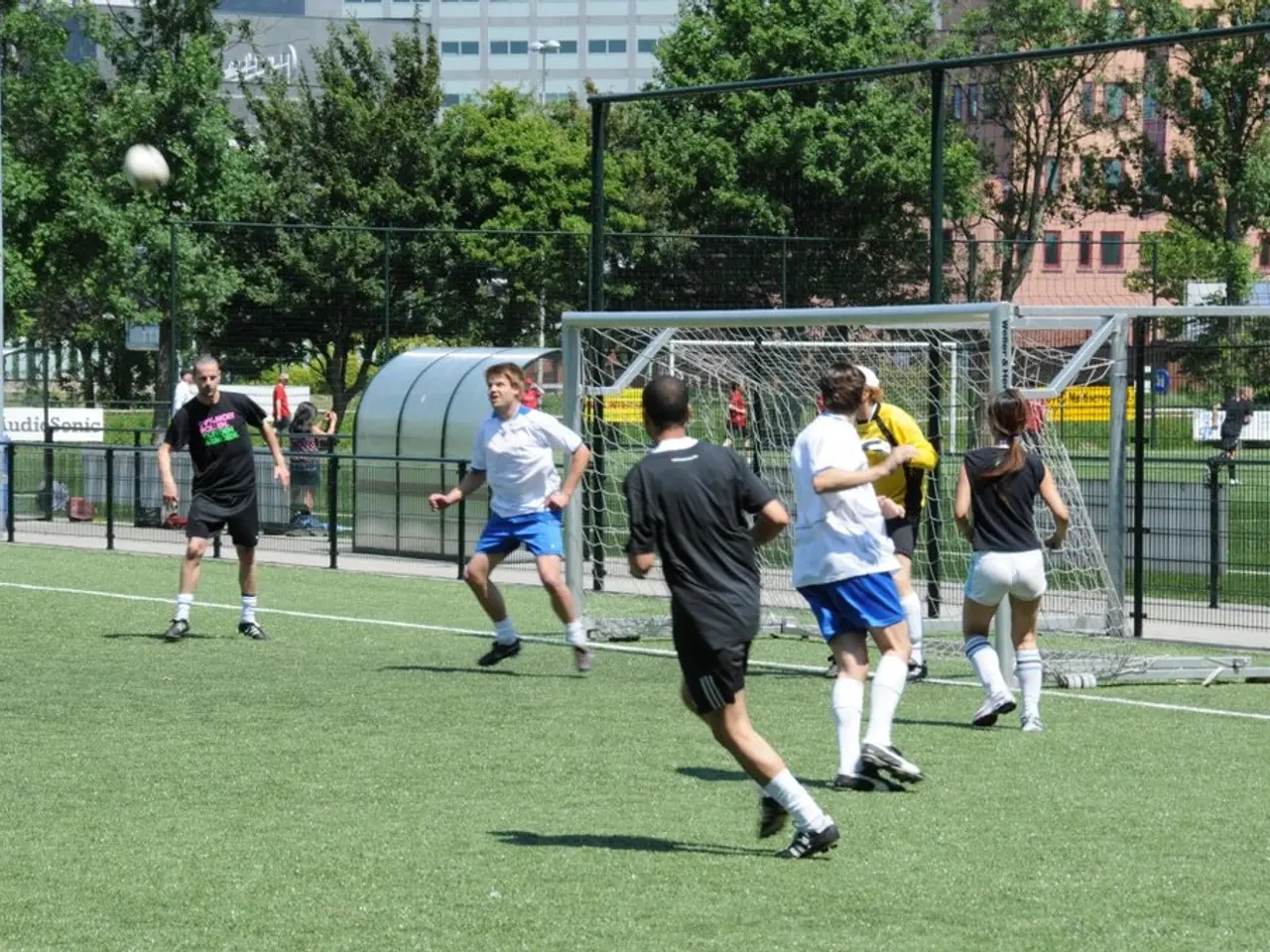NTSB conducts hearings regarding the midair collision at DCA (Washington DC's Ronald Reagan National Airport)
The National Transportation Safety Board (NTSB) is currently conducting a three-day investigative hearing to uncover the causes of a catastrophic air disaster that occurred near Washington's Reagan National Airport on January 2023. The collision involved an Army Black Hawk helicopter and an American Airlines plane, resulting in the deaths of 67 people, making it the deadliest U.S. plane crash since November 2001[1].
The hearings have delved into various aspects, including the roles and actions of the Federal Aviation Administration (FAA), its air traffic controllers, and the Army. NTSB Chairwoman Jennifer Homendy has emphasised the gravity of the crash and the importance of the investigation to prevent future tragedies[1][3].
One of the key concerns raised during the hearings is the potential for malfunctions in the barometric altimeters of helicopters, such as the one involved in the collision. Army representatives have acknowledged that these altimeters can be off by up to 100 feet, a concern shared by NTSB member J. Todd Inman who stated that the tolerance for equipment malfunctions should be zero[2].
The hearings have also examined the crowded airspace around DCA airport and the potential for helicopters to fly too close to commercial planes, a practice that was banned after the crash[5]. NTSB members have expressed concern about this practice and are investigating why it was allowed[5].
Preliminary pilot reports have described the difficulty of visually distinguishing aircraft at night, with aircraft appearing as “point sources of light” with halos, complicating situational awareness as multiple lights—both airborne and on the ground—were visible[4].
The NTSB has presented an 11-minute animation and newly released surveillance video clearly showing the Black Hawk helicopter entering the flight path of the American Airlines flight just before impact[1][2]. However, the NTSB has not yet officially identified a definitive cause for the collision. They are actively working through witness testimonies, technical data, and procedural reviews to understand how the collision occurred and to recommend measures for preventing such accidents in the future[1].
Gwen Duggins, a family member of one of the victims, attended the NTSB meeting to ensure the victims are remembered[6]. NTSB member Duggins has also emphasised the importance of holding people accountable for the disaster[7].
The NTSB's investigative report on the collision is expected to be released next year[8]. The hearings are a crucial step towards understanding what happened and why the collision occurred, and towards ensuring such tragedies are prevented in the future.
Sources: [1] NPR News [2] The Washington Post [3] CNN [4] NBC News [5] The New York Times [6] ABC News [7] USA Today [8] The Associated Press
- The investigation by the National Transportation Safety Board (NTSB) into the causes of the catastrophic air disaster, involving a helicopter and an airplane near Washington's Reagan National Airport, has delved into the news surrounding policy-and-legislation, such as the potential for malfunctions in helicopter barometric altimeters and the restricted airspace around DCA airport where helicopters may fly too close to commercial planes.
- The hearings have been a platform for political discussions, with NTSB Chairwoman Jennifer Homendy emphasizing the gravity of the crash and the importance of the investigation to prevent future tragedies, while NTSB member Duggins has also stressed the importance of holding people accountable for the disaster.
- The general-news coverage of the collision between the Army Black Hawk helicopter and the American Airlines plane has not yet identified a definitive cause for the catastrophic accident, although preliminary reports suggest challenges in visually distinguishing aircraft at night and newly released surveillance video clearly showing the helicopter entering the flight path of the airplane just before impact.








